Hemitrichia serpula
Scientific name: Hemitrichia serpula (Scop.) Rostaf.
Derivation of name: Serpula means "a little snake."
Synonyms: Mucor serpula Scop.; Arcyria serpula
(Scop.) Massee
Common name(s): Pretzel slime.
Phylum: Myxomycota
Order: Trichiales
Family: Trichiaceae
Occurrence on wood substrate: Whitish to yellowish
plasmodium and mustard-yellow plasmodiocarp appears
on dead wood,
leaves, and plant
litter; June through
August.
Dimensions: Network of veins and resultant spore-
forming structure
can cover many
square centimeters.
Description: When mature, occurring as pretzel-like
network of bright yellow to mustard yellow veins or
strands. The outer walls break down, revealing a cottony,
mustard-yellow spore mass.
Edibility: Inedible.
Comments: Although many slime mold species fruit on
wood they do not form a penetrating and absorptive mass
of hyphae in the wood substrate. Rather, slime molds form
structures called plasmodia which are naked (i.e., without
cell walls) masses of protoplasm which can move and
engulf
particles of food in an amoeboid manner. Slime
mold
plasmodia creep about over the surfaces of materials,
engulfing bacteria, spores of fungi and plants, protozoa, and
particles of nonliving organic matter. At some point,
plasmodia convert into spore-bearing structures.
In Hemitrichia, the plasmodium forms a plasmodiocarp
fruit body where the spore-forming structure retains the
shape of the main veins of the plasmodium.
More information at Wikipedia.org:
More information at TomVolkFungi:
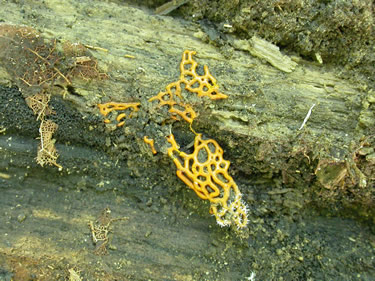
Figure 1. Hemitrichia serpula on the surface of a rotting
log.
Photo © Gary Emberger.
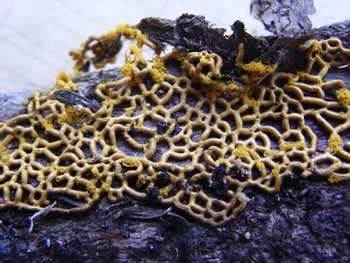
Figure 2. Hemitrichia serpula on
rotting wood.
Photo © Dorothy Smullen.
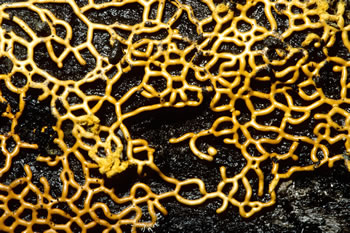
Figure 3. The interconnnected strands of the plasmodium
mature in place to form the pretzel-like plasmodiocarp.
Photo © John Plischke III.
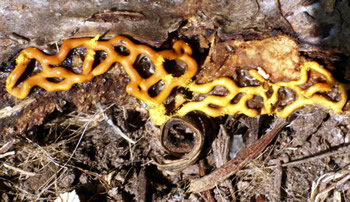
Figure 4. A relatively small plasmodiocarp.
Photo ©
John
Dawson.
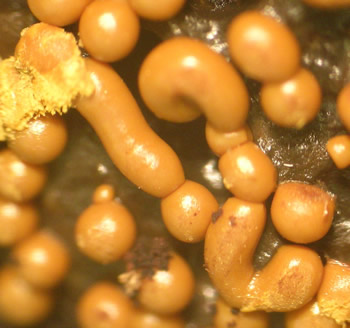
Figure 5. The disrupted wall of a strand of plasmodiocarp
at the upper left
reveals
the cottony, mustard yellow spore
mass within.
Photo ©
John Dawson.